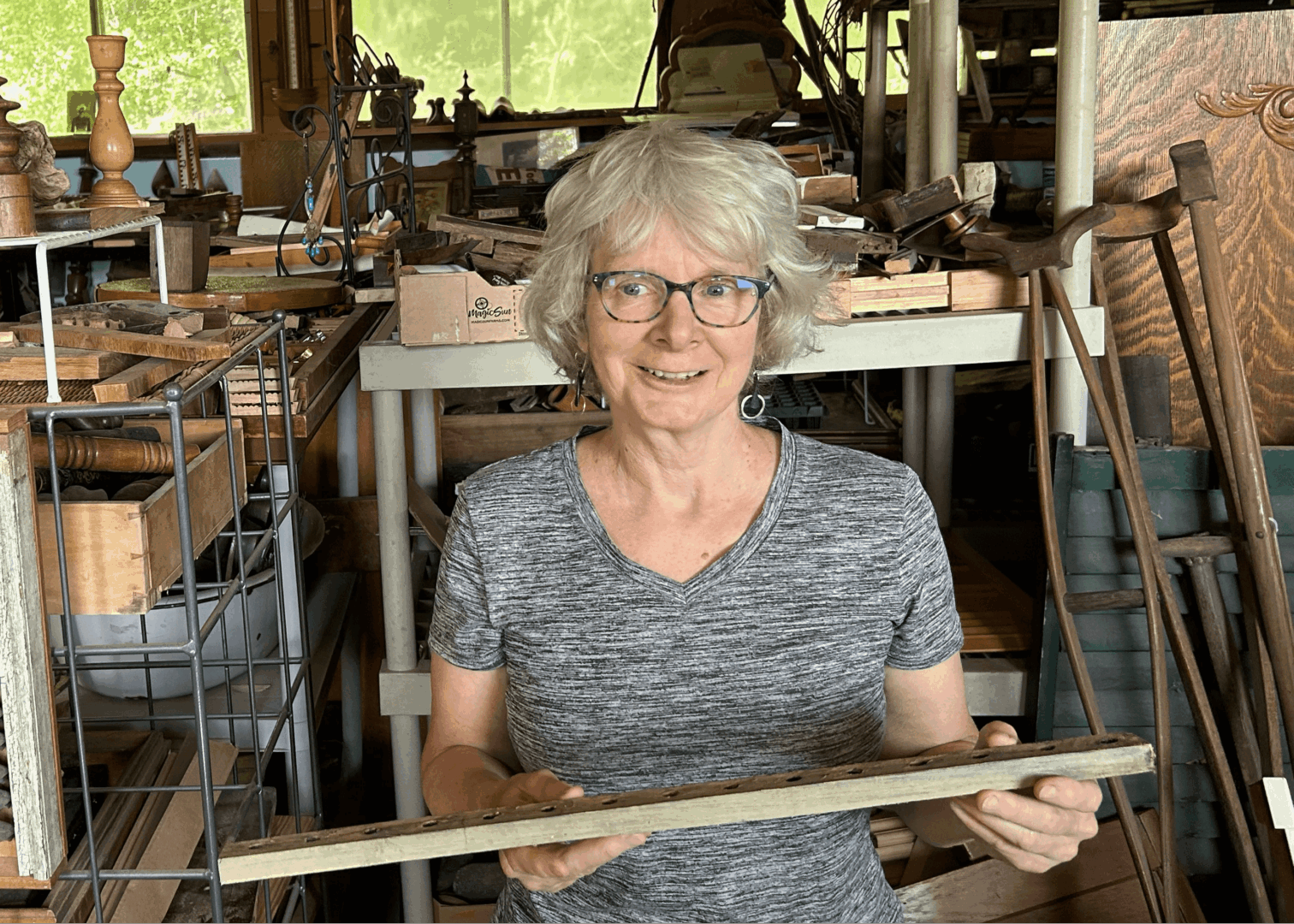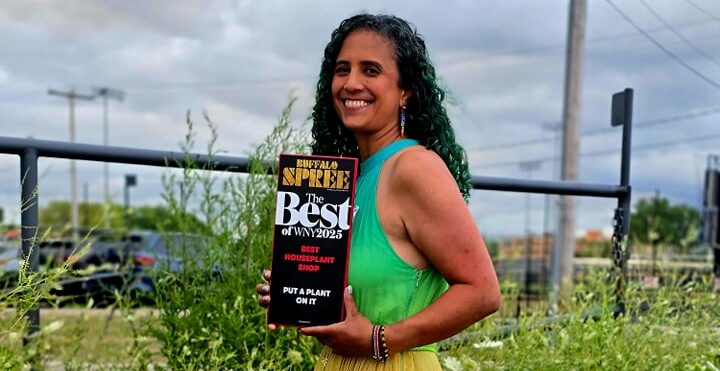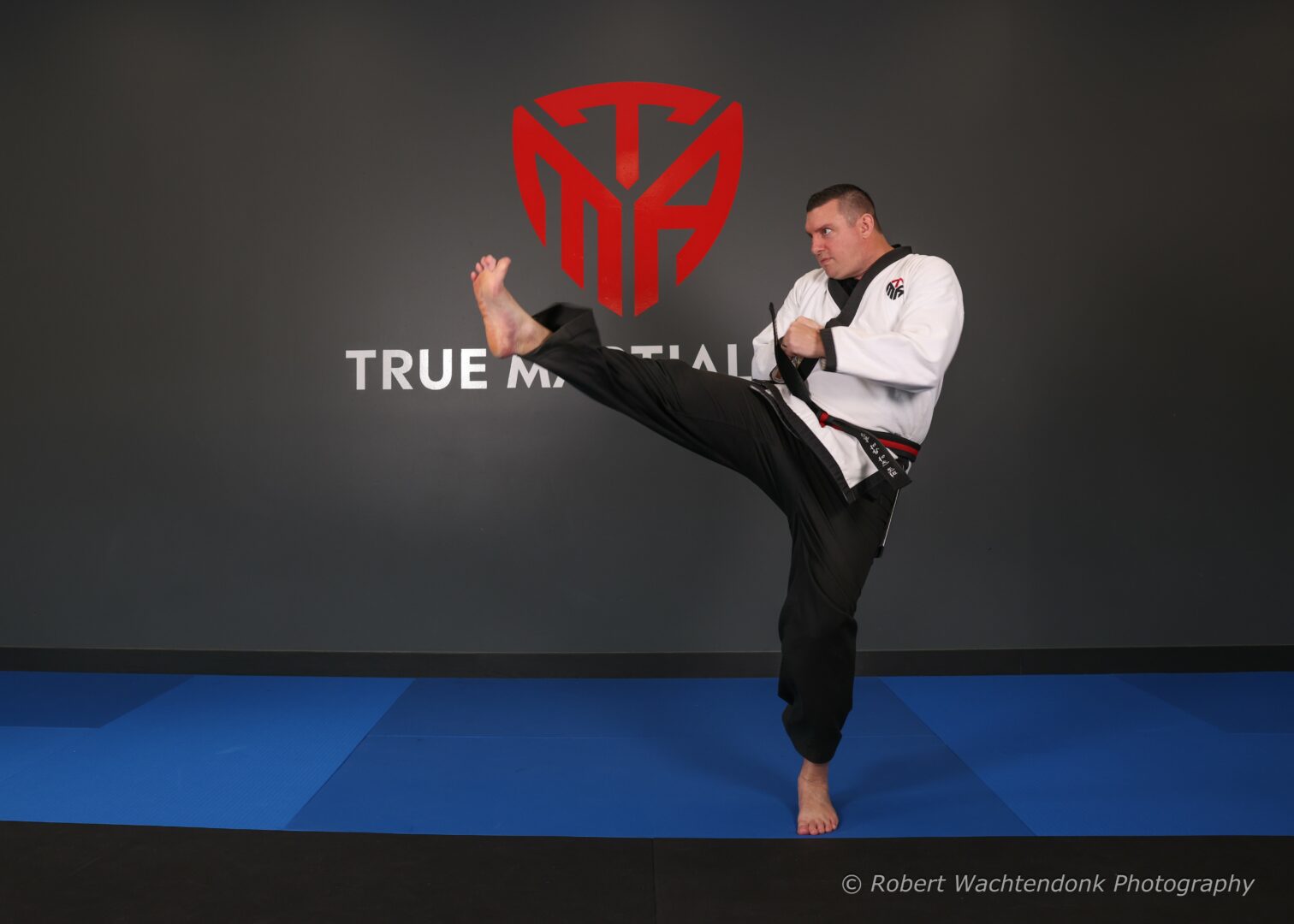We were lucky to catch up with Kathy Kemp recently and have shared our conversation below.
Hi Kathy, really happy you were able to join us today and we’re looking forward to sharing your story and insights with our readers. Let’s start with the heart of it all – purpose. How did you find your purpose?
Finding Purpose in Pieces: My Journey into Assemblage Art
Two years ago, my life looked very different. I was living in Massachusetts and working as a geriatric care manager, a role that gave me deep fulfillment. I loved working with older adults—their wisdom, resilience, and the quiet beauty etched into the lines of their faces and the way they moved through the world. In a society that sometimes overlooks people as they age, I felt privileged to see and honor their worth.
My background is in occupational therapy, where my work was about improving people’s quality of life—helping them adapt, stay engaged, and keep moving forward. I’ve always been drawn to the idea of finding value in what others might dismiss, whether it’s a person’s story or a skill they still have to share.
Then, my husband and I moved to Vermont. It was a big transition: new home, new community, and a sense that I was leaving behind a career that had shaped so much of who I was. I wanted something meaningful to fill that space—a way to keep honoring resilience, beauty, and transformation.
That’s when I discovered assemblage art.
I didn’t come to art with formal training or a lifelong plan. Instead, I started picking up pieces: scraps of wood, bits of metal, chipped architectural trim. Objects that felt weathered and worn but still had presence. I didn’t choose them for what they used to be—a hinge, a spindle, a latch—but for their shape, patina, and the silent stories they seemed to carry.
Assemblage became my new way of listening. Of putting things together that don’t “belong,” but somehow do. My pieces aren’t meant to look like something recognizable; they’re abstract compositions, layered and textured. They work as a whole, but invite viewers to look closer, discovering details that might otherwise go unseen.
It’s no coincidence that this feels connected to my past work. The same respect and attention I gave to my clients, I now give to objects that might otherwise be overlooked. I’m drawn to what’s imperfect, aged, and unexpected—and to the grace that comes from bringing those fragments into harmony.
Being an assemblage artist has given me new purpose. It lets me keep exploring the ideas I’ve always cared about: dignity, transformation, and finding beauty in unlikely places. It’s also taught me that even when life changes in ways you didn’t expect, there’s always a path forward. Sometimes, you just have to see the pieces differently—and trust they’ll fit together in the end.
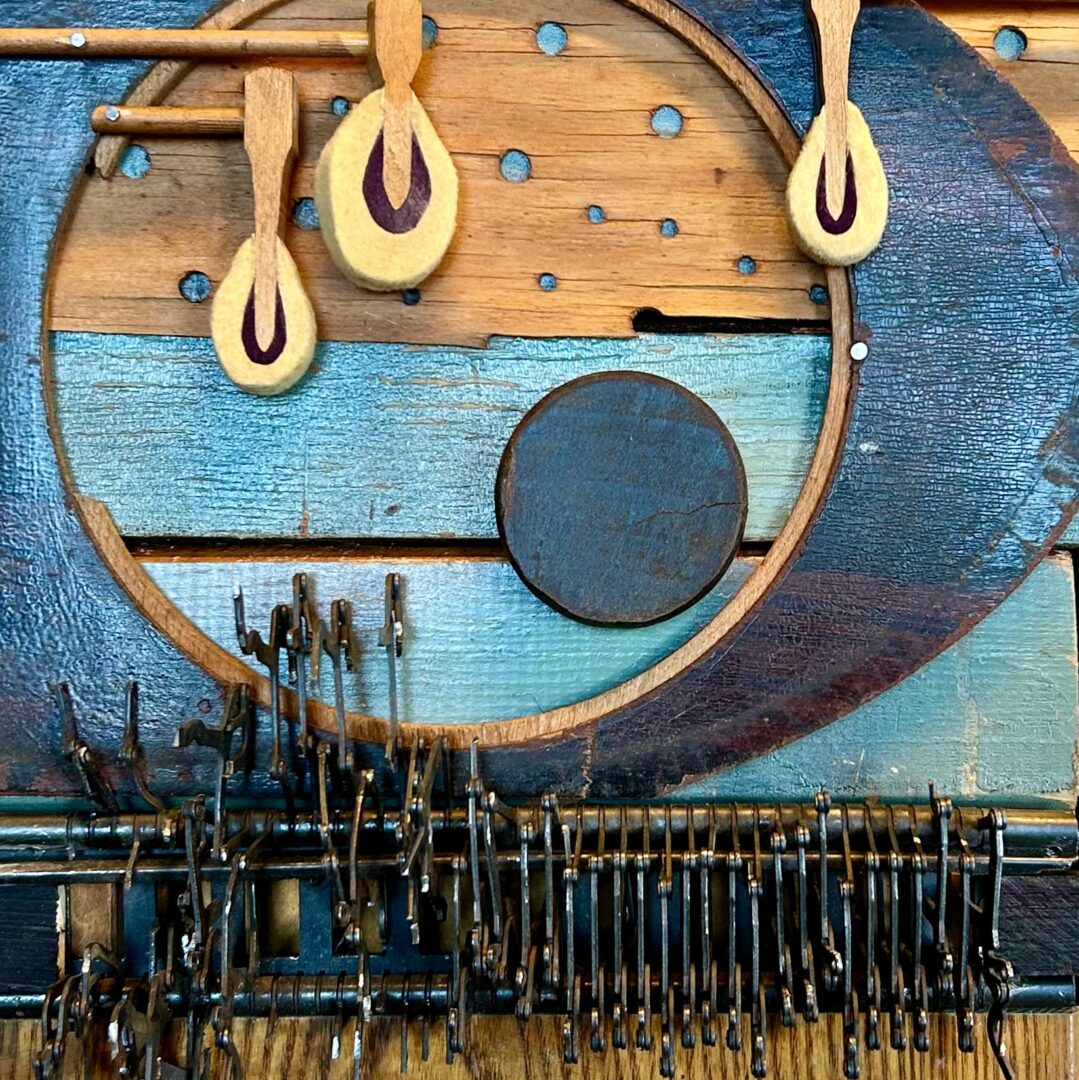
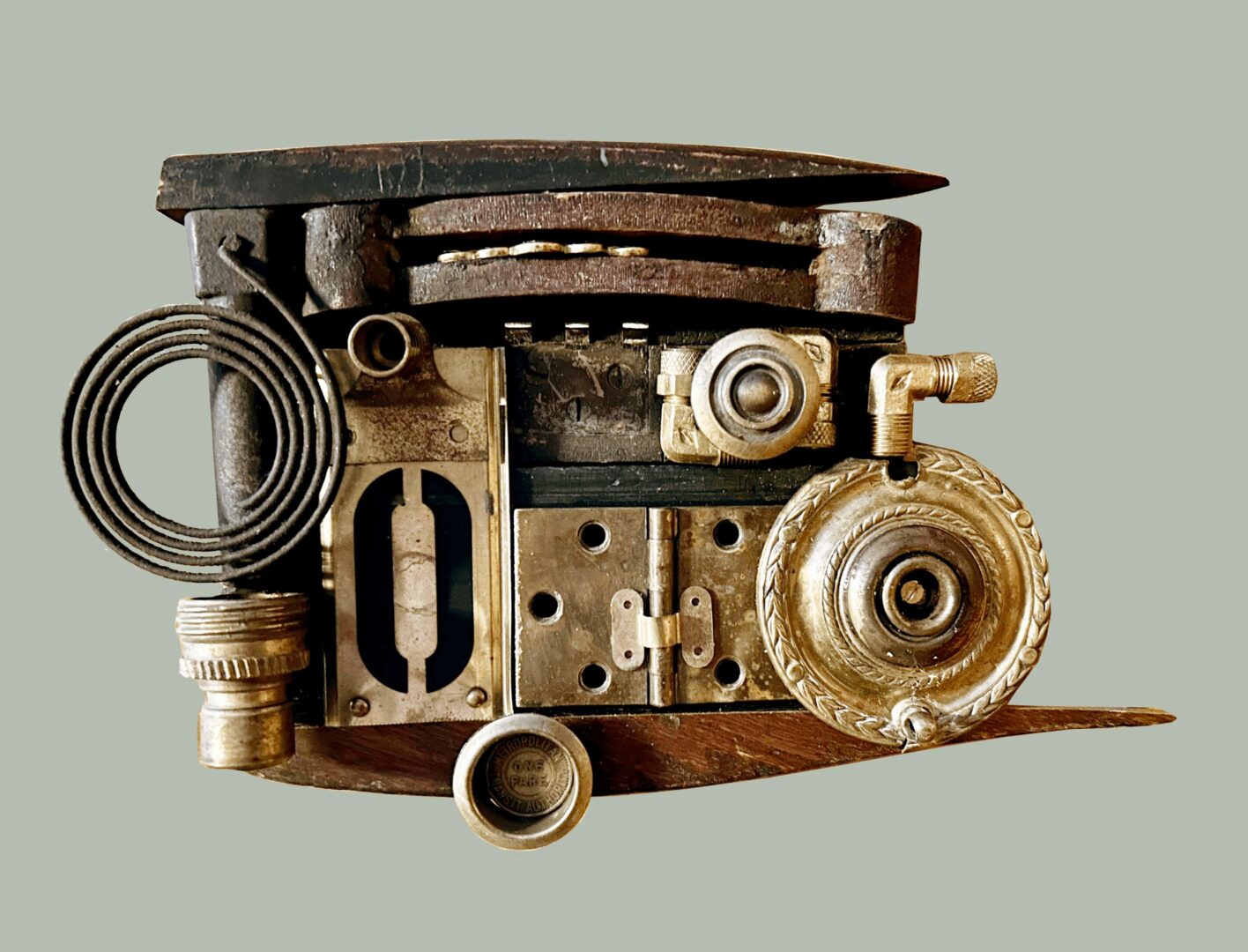
Let’s take a small detour – maybe you can share a bit about yourself before we dive back into some of the other questions we had for you?
I’m an assemblage artist living and working in Westminster, Vermont. Basically, I love turning old, weathered objects into new works of art. My pieces bring together scraps of wood, bits of metal, and other forgotten materials to create compositions that feel balanced and alive—even if the parts come from completely different places.
What makes my work a little different is that it’s not meant to look like anything specific. I’m not building sculptures that look like birds or arranging objects into themed displays. Instead, I’m creating abstract pieces that stand on their own as art. But if you take a closer look, you’ll often find interesting details, hidden patterns, or little surprises tucked inside. I love that kind of quiet discovery.
Before becoming an artist, I worked for years in geriatric care. I loved that work and the people I cared for—their resilience, the stories they carried, and the unique beauty that comes with age. Now, in my art, I try to bring that same respect and attention to the objects I use. There’s something meaningful about giving new life to things that might otherwise be overlooked.
Another big part of why I love assemblage is that it’s eco-friendly. I’m not buying new materials—I’m rescuing and repurposing what already exists. It feels good to make art without creating more waste.
In the past couple of years, I’ve been lucky to show my work in some wonderful places, including Gallery Twist in Lexington, MA, which has been one of my most exciting opportunities. I’ve also shown at Arts East in Vernon, CT, as well as Canal Street Art Gallery, Harmony Collective, and Main Street Arts here in Vermont. I’ve taken part in the Vermont Craft Council’s Open Studio Tours, which I love because they connect artists directly with visitors. And I’m looking forward to being part of the Putney Craft Tour in November 2025.
Right now, I’m focused on growing my work and connecting with people who enjoy art that’s textured, layered, and a little mysterious. I hope my pieces invite people to slow down, look closer, and discover the beauty in things that might otherwise be forgotten.
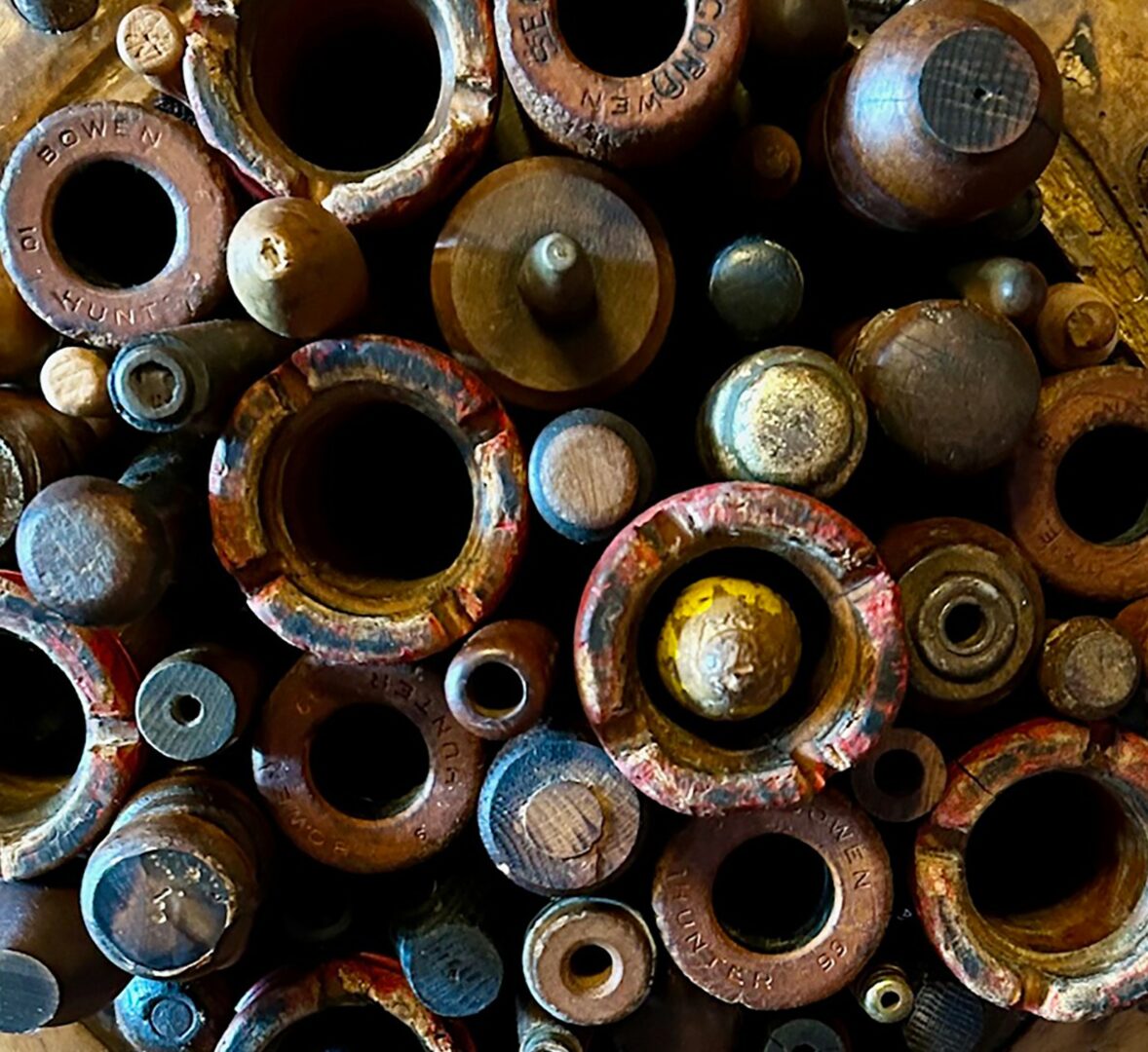
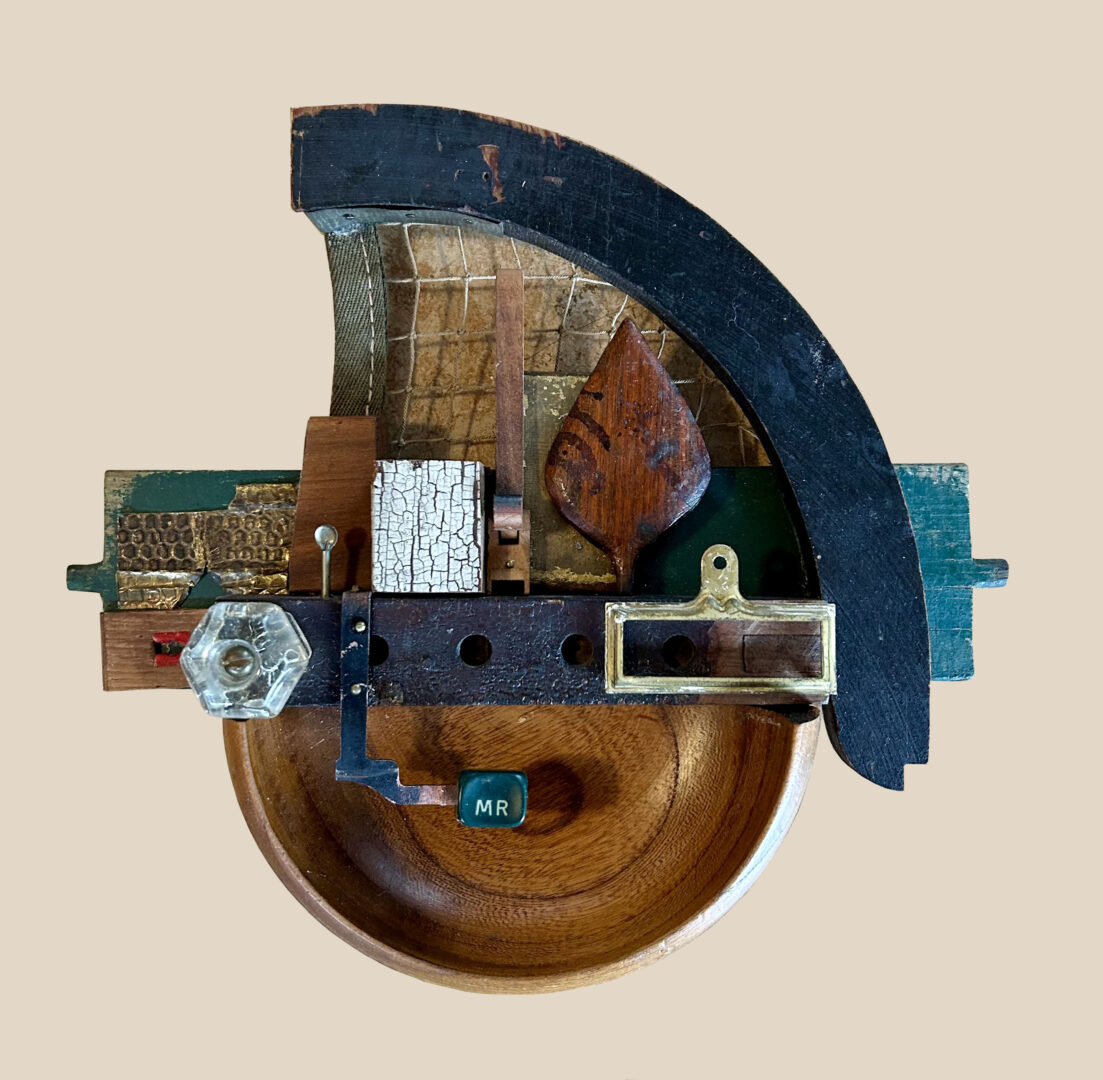
There is so much advice out there about all the different skills and qualities folks need to develop in order to succeed in today’s highly competitive environment and often it can feel overwhelming. So, if we had to break it down to just the three that matter most, which three skills or qualities would you focus on?
I think three qualities that have been most important for me have been curiosity, respect, and trust.
First, curiosity. I’ve always loved scavenging—hunting through old shops, barns, or basements for forgotten things. Once you start really looking, you see art potential everywhere. Curiosity keeps me exploring and noticing details that others might pass by. For anyone just starting out, I’d say: stay curious and open. You never know what might spark an idea.
Second, respect. I’ve learned to respect the materials I work with, even the worn or broken pieces. Everything has a history and a certain beauty if you’re willing to see it. My advice would be: respect your materials, your instincts, and the time it takes to figure things out.
Lastly, trust. Assemblage is all about experimenting and believing that the pieces will eventually fit together. I almost never start with a strict plan. I trust my intuition and let the process lead me. For anyone starting their journey, I’d say: don’t be afraid to explore without knowing the outcome. Trust that things will come together in their own way.
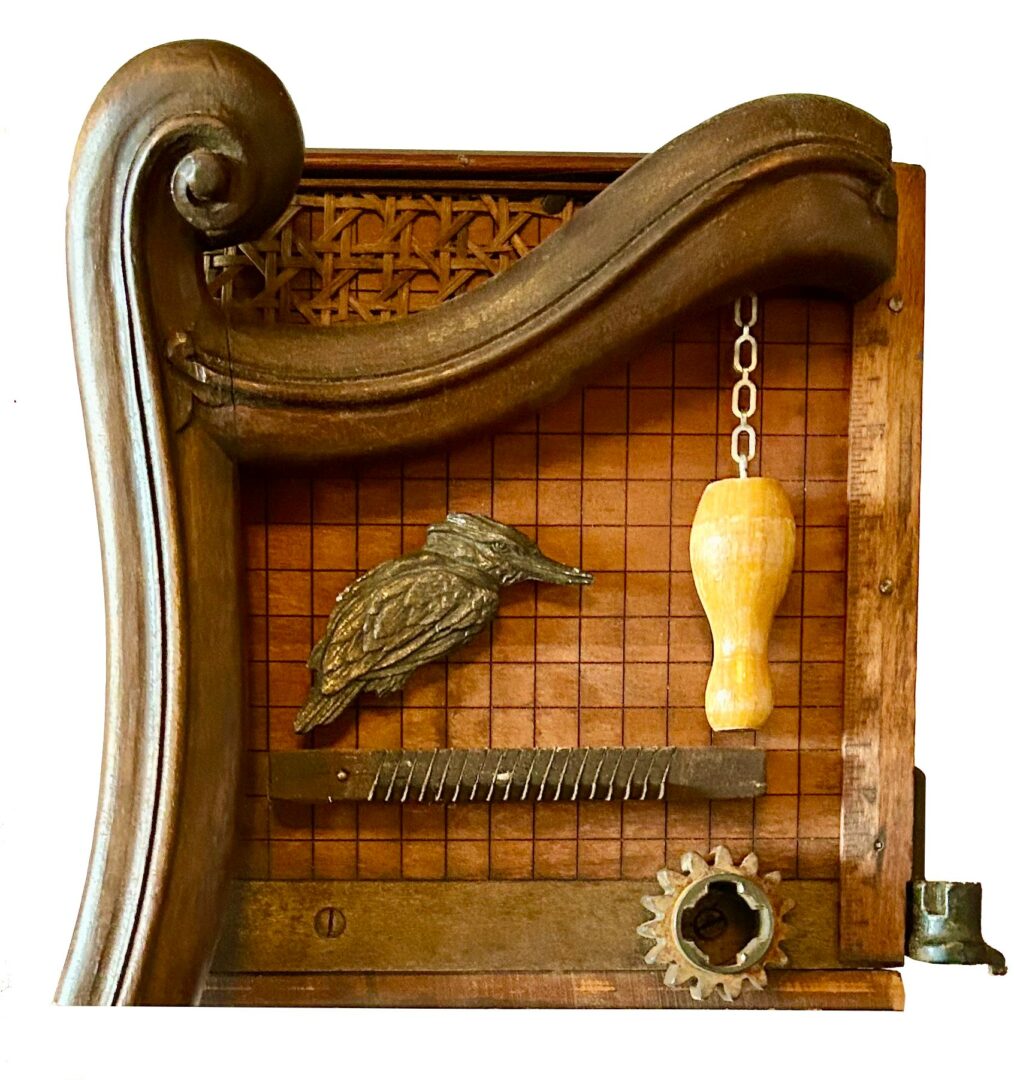
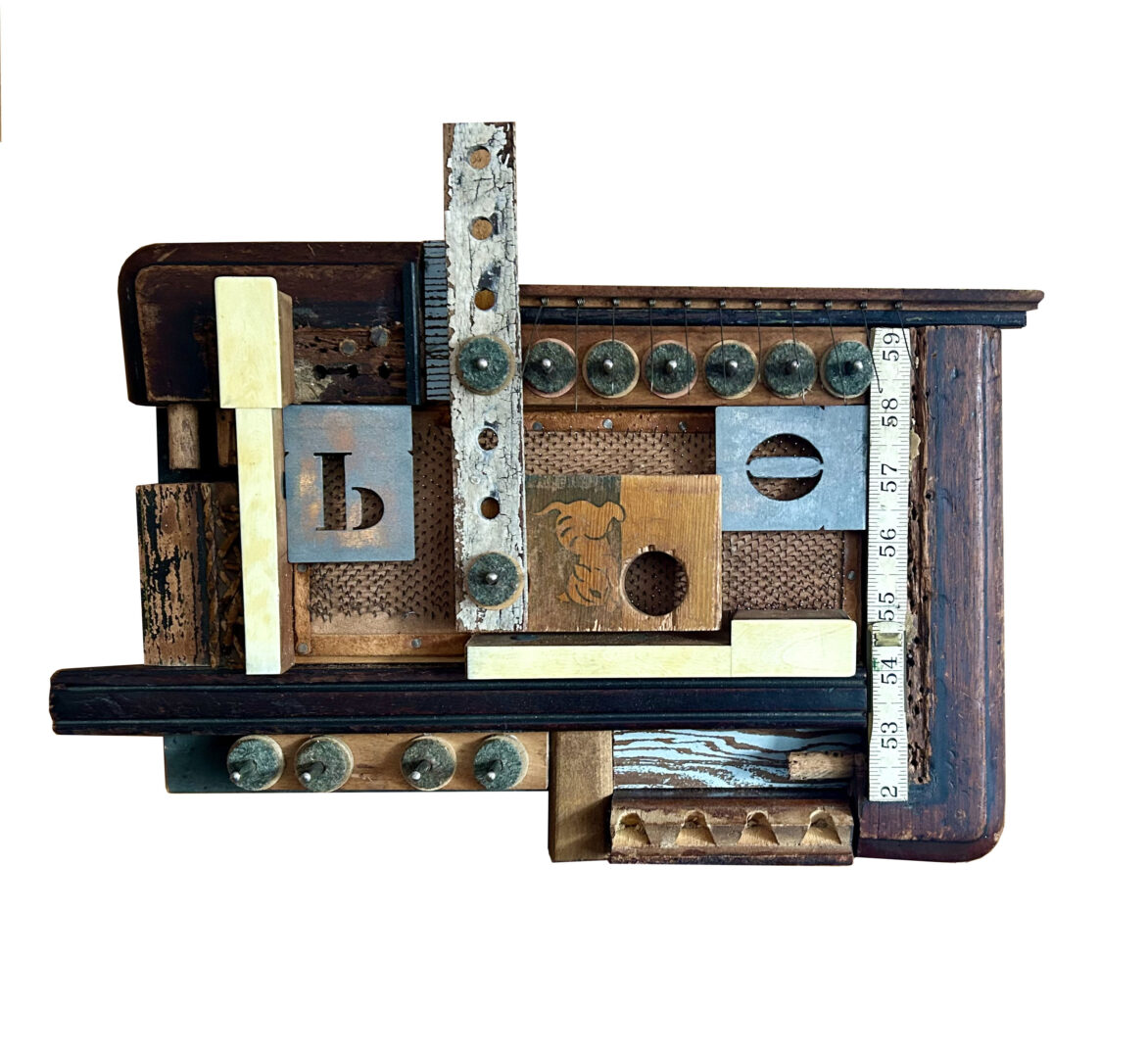
What is the number one obstacle or challenge you are currently facing and what are you doing to try to resolve or overcome this challenge?
One big challenge is that my skills with wood and metal haven’t quite caught up to my ideas. Sometimes I dream up a piece that needs fancy cuts or perfect joins—and my tools and skills just look at me like, “Good luck with that.” I’m working on it, slowly learning new techniques and experimenting as I go.
Another challenge is space. I can’t seem to stop collecting intriguing bits of wood, metal, paper, fabric and organic matter! I think I need to learn how to be an efficient maker of shelves!
Contact Info:
- Website: https://kathykemp.onfabrik.com/
- Instagram: https://www.instagram.com/kkemp367/
- Facebook: https://www.facebook.com/kemp.assemblage.art/
- Youtube: https://youtu.be/hhGq-WOHhVk?si=FlTxG5cteegHFLnO
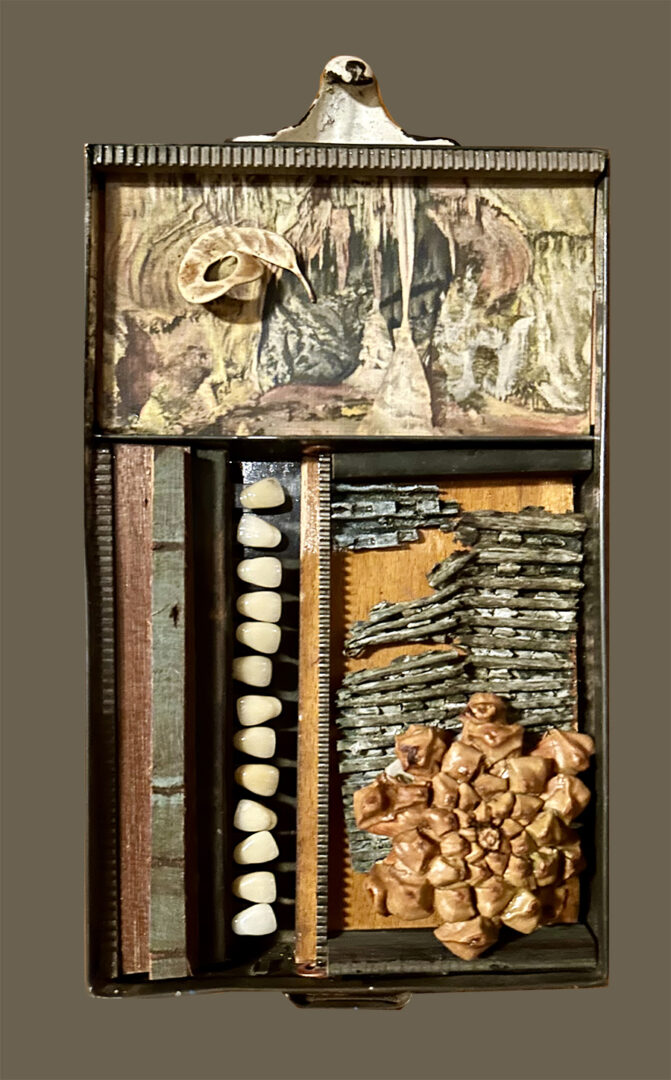
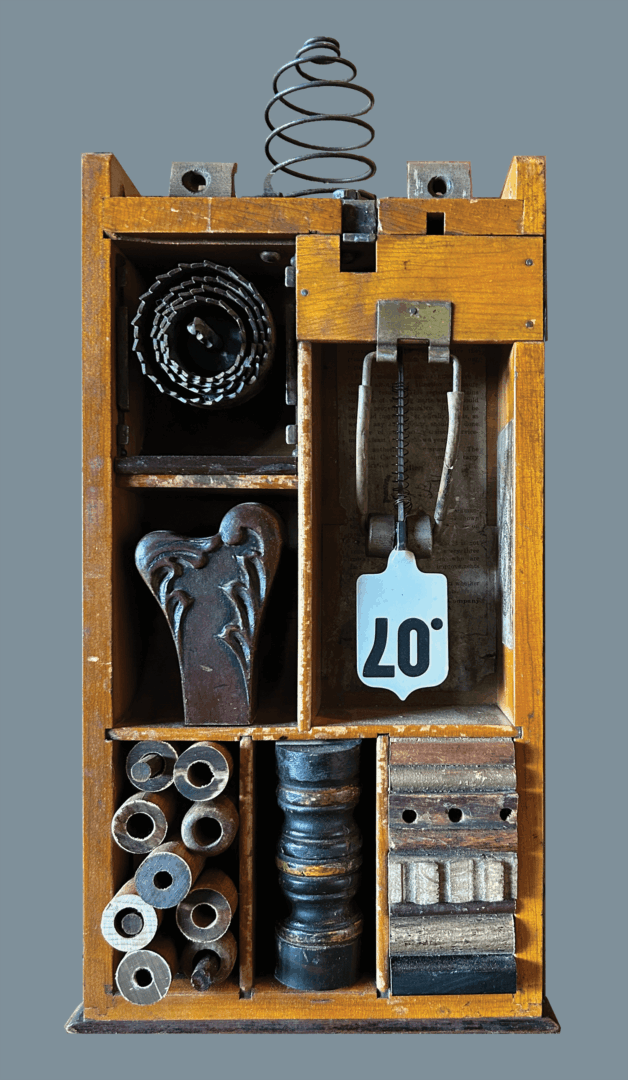
Image Credits
I’ve taken all of these photos except the one of me, taken by my husband.
so if you or someone you know deserves recognition please let us know here.

